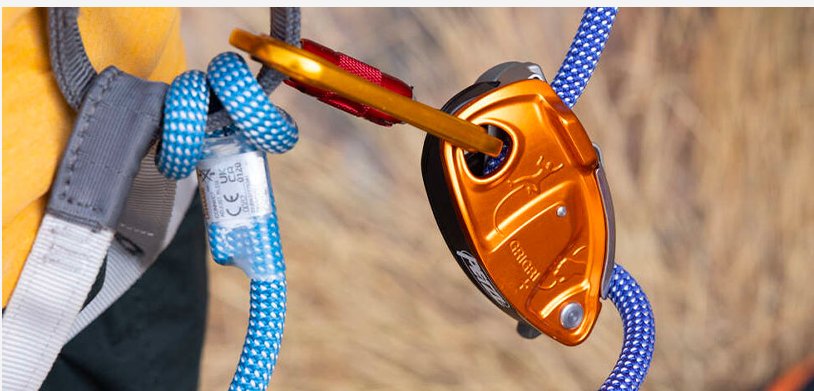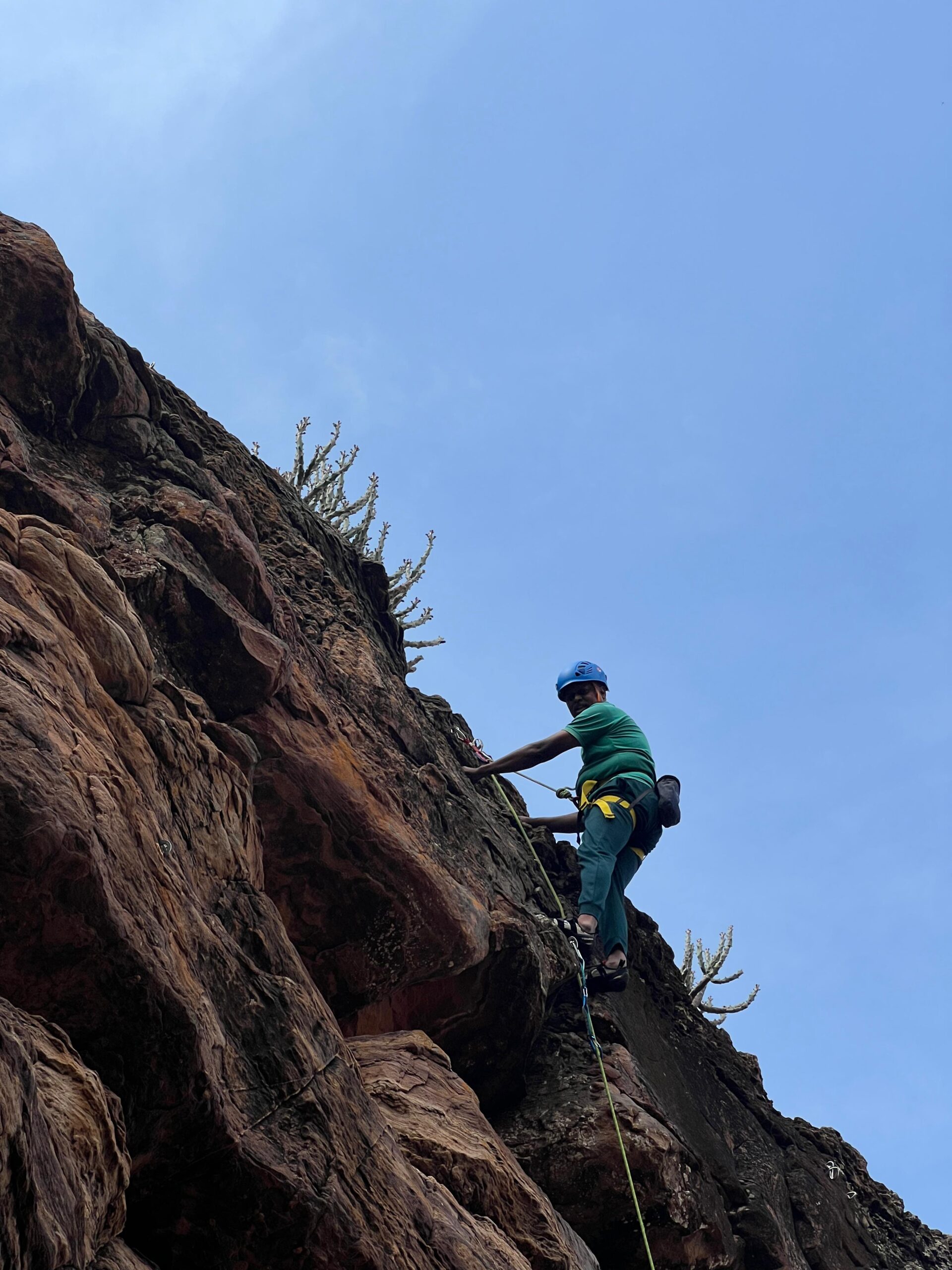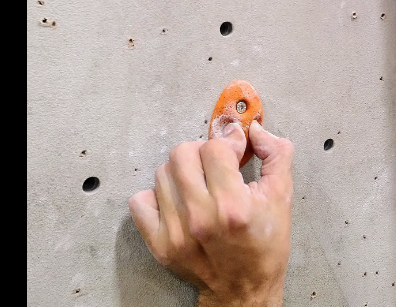Belaying: The Backbone of Climbing Safety
Belaying is the essential technique that ensures a climber’s safety while ascending, pausing, or descending. Acting as the climber’s lifeline, the belayer manages the rope to protect against falls, secure rests, and control descents. Whether you’re climbing indoors or on an outdoor cliff, mastering belay techniques, understanding equipment, and following proper protocols are crucial.
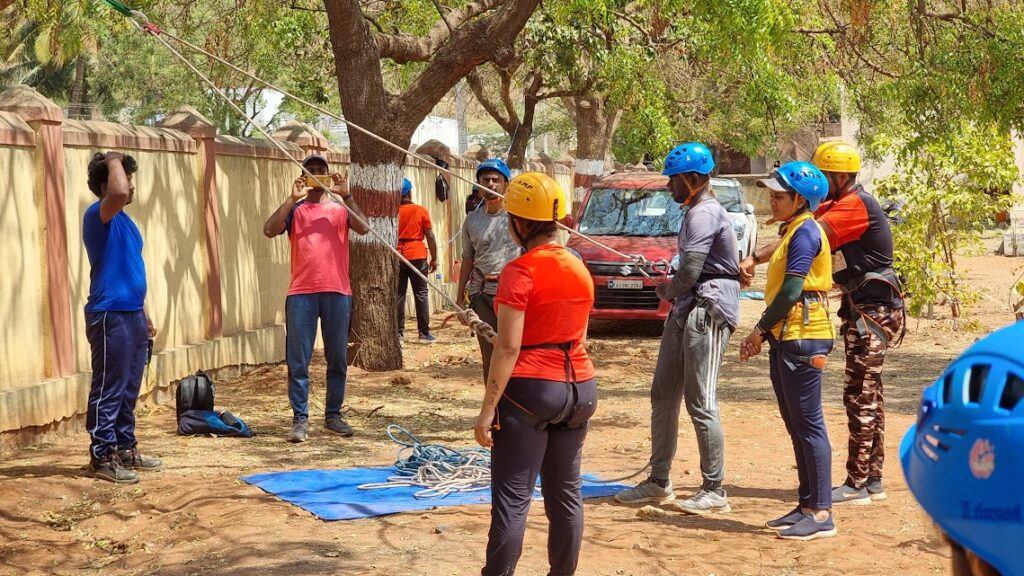
What is Belaying?
Belaying involves using a rope and specialized devices to manage a climber’s movement, catch falls, and control descents. It’s a dynamic skill requiring focus, precision, and coordination.
The belayer acts as the climber’s anchor, keeping slack to a minimum, applying tension when needed, and using their own weight and equipment to absorb fall forces. Effective belaying requires a mix of technical knowledge and practice, making it vital for climbers to learn from certified instructors.
Belay Devices: Types and Functions
Belay devices play a pivotal role in climbing, aiding in rope management and improving safety. The choice of device depends on climbing style, experience, and personal preference.
- Tube-Style Belay Devices
- Examples: Black Diamond ATC, Petzl Verso
- Best For: Beginners and general-purpose climbing
- How It Works: A simple design that allows rope to pass through a V-shaped groove, providing friction for braking.

- Assisted-Braking Devices
- Examples: Petzl GriGri, Edelrid Mega Jul
- Best For: Sport climbing, belaying heavier climbers, or beginners needing extra security
- How It Works: These devices have a camming mechanism that automatically engages during a fall, reducing the strain on the belayer.
- Figure Eight Devices
- Best For: Rappelling rather than belaying
- How It Works: The rope is fed through the large loop of the figure-eight shape, allowing controlled descents.
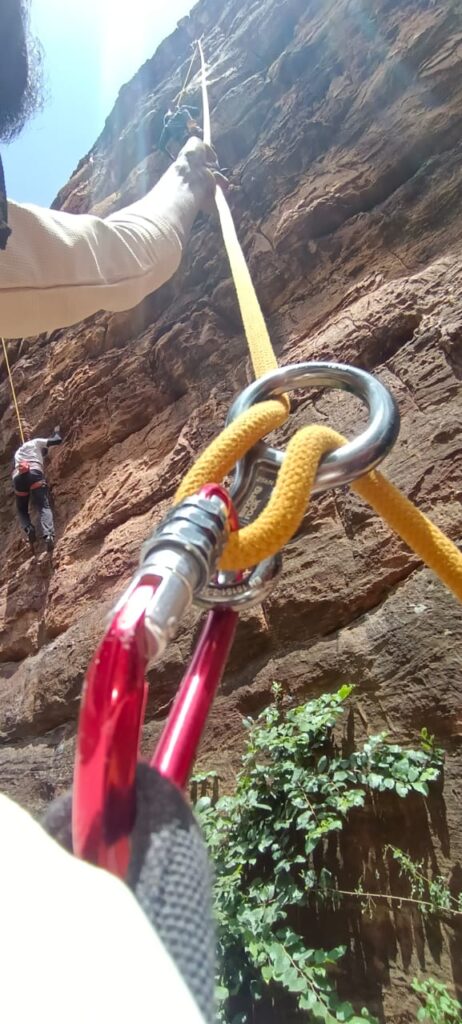
- Manual Belay Devices
- Examples: Munter Hitch (requires no specific device)
- Best For: Emergency situations or when lightweight gear is necessary
Key Belay Techniques
Catching a Fall
When the climber yells “Falling!” or you notice a slip:
- Maintain Athletic Stance: Keep a stable, low center of gravity.
- Brake Swiftly: Pull the rope down through the belay device using your brake hand to stop the fall.
- Absorb Impact: Use your harness, body, and rope stretch to dissipate force effectively.
Holding a Pause
Climbers may pause to rest or consider their next move. When they call “Tension!”:
- Remove slack from the rope and apply consistent tension.
- Lock your brake hand in position to hold the climber securely.
Lowering the Climber
When the climb is complete and they call “Lower me!”:
- Announce “Lowering!” before starting the descent.
- Use both hands to control the rope, ensuring a smooth and steady descent.
- Pause for obstacles and ensure a controlled landing.
The Role of PBUS in Belaying
PBUS (Pull, Brake, Under, Slide) is the fundamental belay method used with tube-style devices. This technique ensures a secure grip on the rope while allowing smooth feeding or braking:
- Pull: Bring the rope through the device.
- Brake: Lock the rope in the brake hand.
- Under: Guide the rope under the brake hand.
- Slide: Reset your hands while keeping control.
The Evolution of Belay Gear
The history of belay gear dates back to rudimentary tools like body belays, where climbers used their hands and hips to manage rope friction. Modern advancements introduced devices like the GriGri, revolutionizing safety and usability. These innovations have drastically reduced accidents, making climbing more accessible and enjoyable.
Tips from Experts
- Practice in a Controlled Environment: Hone your belay skills on the ground or in indoor climbing gyms.
- Understand the Climber-Belayer Relationship: Clear communication using standard commands (e.g., “Climbing,” “Take,” “Lowering”) ensures coordination.
- Inspect Your Equipment: Regularly check ropes, carabiners, and belay devices for wear.
- Stay Vigilant: A distracted belayer is a dangerous one—maintain focus throughout the climb.
Belaying is much more than holding a rope—it’s the lifeline of climbing safety. Whether using a traditional tube device or an assisted-braking system, proper technique and attention to detail ensure every climb is both thrilling and secure.
Discover more climbing tips and resources at https://alpiniahub.in/
